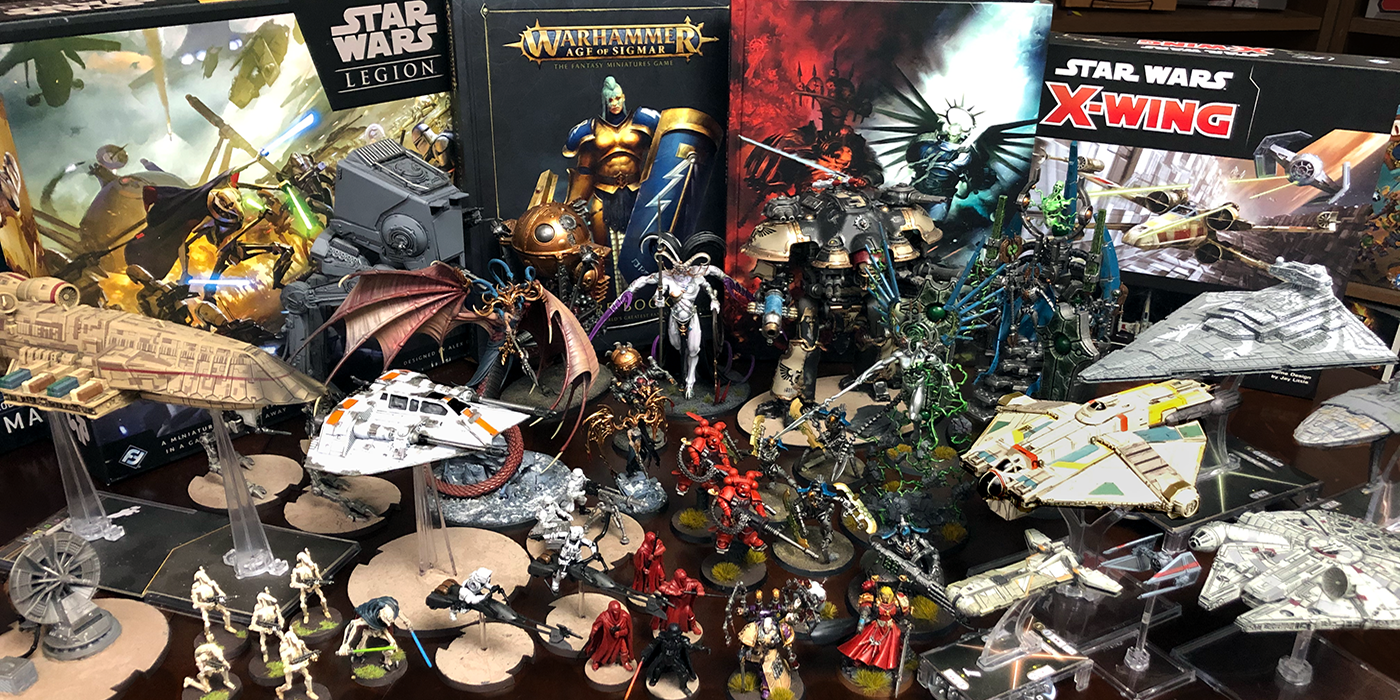Paizo’s Upcoming RPG Looks Very Promising
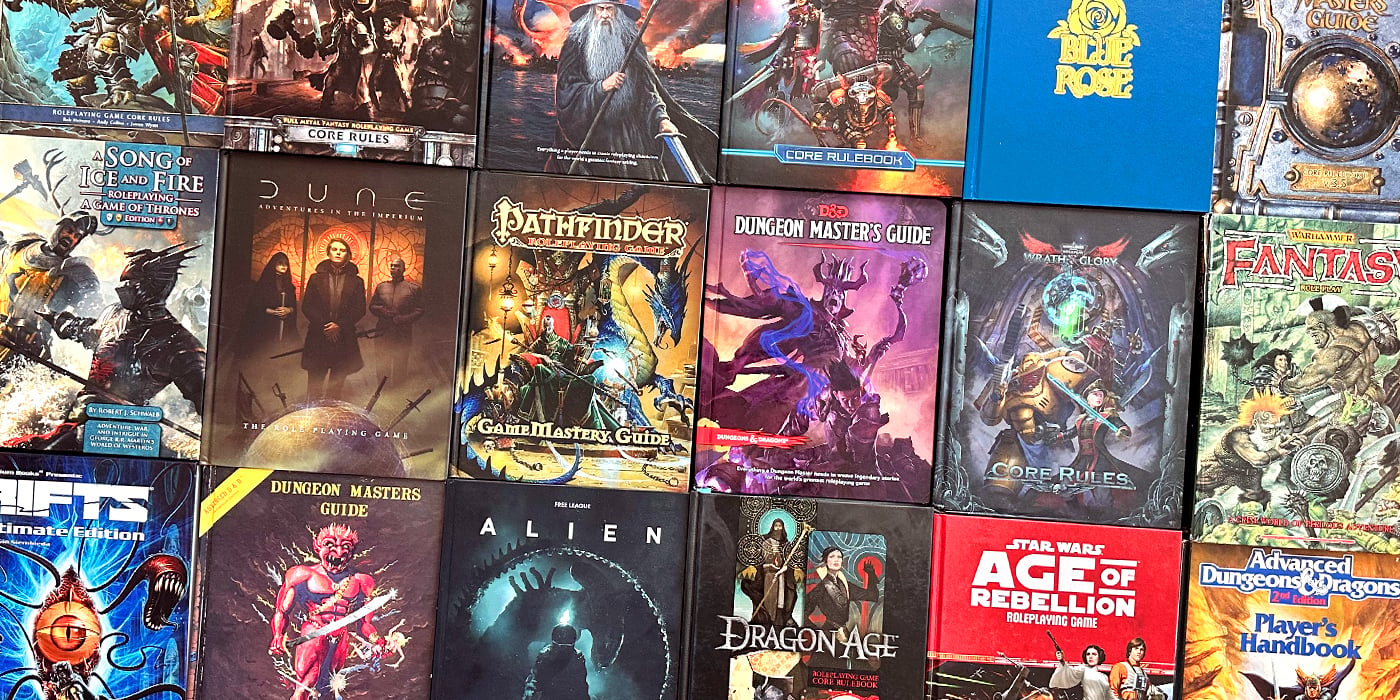

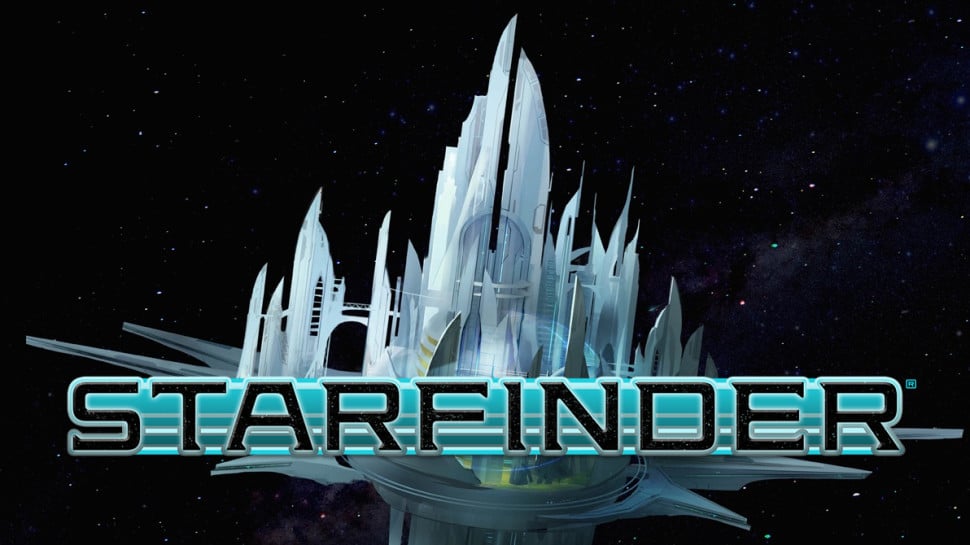
Starfinder promises new adventures in a far away galaxy – from the folks that brought you Pathfinder.
Starfinder is set in the solar system where the planet Golarion once was, but it has gone missing. Absalom Station – a huge space platform – has taken its orbit. The planet isn’t the only thing missing – large chunks of history have been wiped from everyone’s memories. This blank period is called the Gap, and while it effects everyone in the multiverse it does so in different ways. The inhabitants of one planet may remember 10 years farther back on the time line than those on another. These extra years are used by Starfinders to piece together the history of the universe.
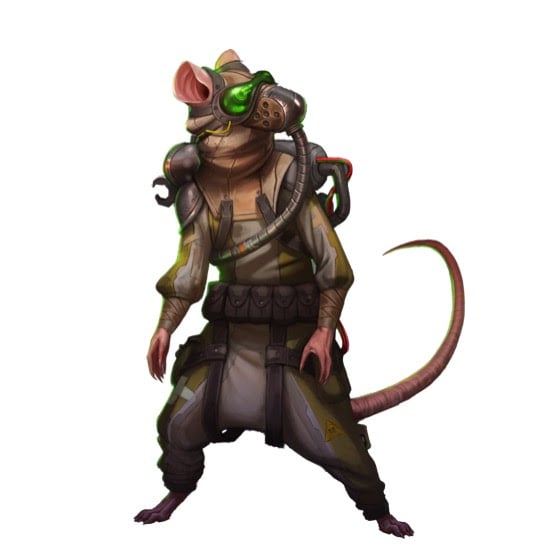
The universe being built in Starfinder will continue Pathfinder’s legacy of inclusivity and diversity. It will introduce more alien player races, but all of the core Pathfinder races will still be playable. Choices include humans, lashunta, ysoki (ratfolk), androids, kasatha, and two mystery races that haven’t been revealed just yet. There is magic, but tech is the dominant force in the universe – for example characters can carry a plasma pistol engraved with powerful, magical runes that enhance the weapon’s abilities.
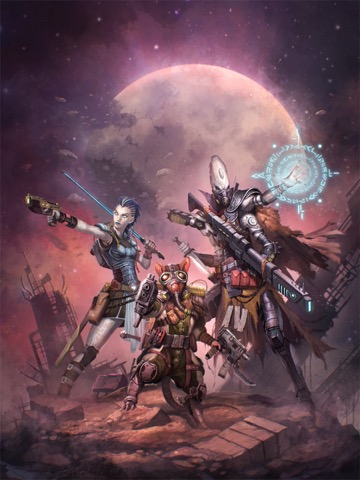
But how does the gameplay and rules compare to Pathfinder? Paizo’s Creative Director, James L. Sutter, lays it all out:
- There will be seven core classes on release: the technomancer (magical hacker blending technology and magic), mechanic (engineer with a robot buddy), solarian (mystical melee combatant harnessing the cycles of the stars), soldier (heavy weapons specialist), envoy (diplomat and ally-booster), mystic (caster channeling strange energies to manipulate biological systems), and operative (stealthy skill specialist).
- Star Wars is a decent comparison, tone-wise, but Starfinder will have more magic and moral ambiguity. Other inspirations include Firefly, Shadowrun, the Expanse series, and more—if we could do for space opera what Shadowrun did for 1980s cyberpunk, we’d be ecstatic.
- Starfinder puts an even greater focus on exploration than Pathfinder, as the setting pushes many adventurers out toward a galaxy full of uncontacted worlds. While you can play whole adventures or campaigns on a single world if you want, the assumption is that the PCs are probably the crew of a starship.
- Starship battles will be a significant element in the game, with their own combat system utilizing miniatures, but not as common as ordinary character-scale combat.
- There will not be an open playtest—instead, there will be a closed playtest will feature other RPG designers and third-party publishers, Pathfinder Society members, and various key members of the industry and community. While we wish we could open the playtest up to everyone, the timeframe involved and scope of the playtest simply make it impractical. (Unlike Pathfinder’s class playtests, in order to make this one work, we have to give people the entire game.
- The plan is to produce a Starfinder Reference Document (like the PRD) and make it available for free online.
- Starfinder will have an OGL-like compatibility license allowing for third-party products.

It is based on and is conceptually compatible with Pathfinder, but it is a complete system that stands alone. You can adapt your favorite Pathfinder monsters and characters with a little conversion work to fit them in to the futuristic world of Starfinder. This new rule set will open up tons of possibilities for your gaming group – take your adventures to new places and add new aliens to your collection of characters (I know you have one).
You’ll be able to adventure among the stars starting in August of next year – the Core Rulebook and first Adventure Path volume will debut at GenCon. Those volumes will be followed by rules supplements like bestiaries and new Starfinder Adventure Path volumes.
Be on the look out for more on Starfinder in the coming months!





